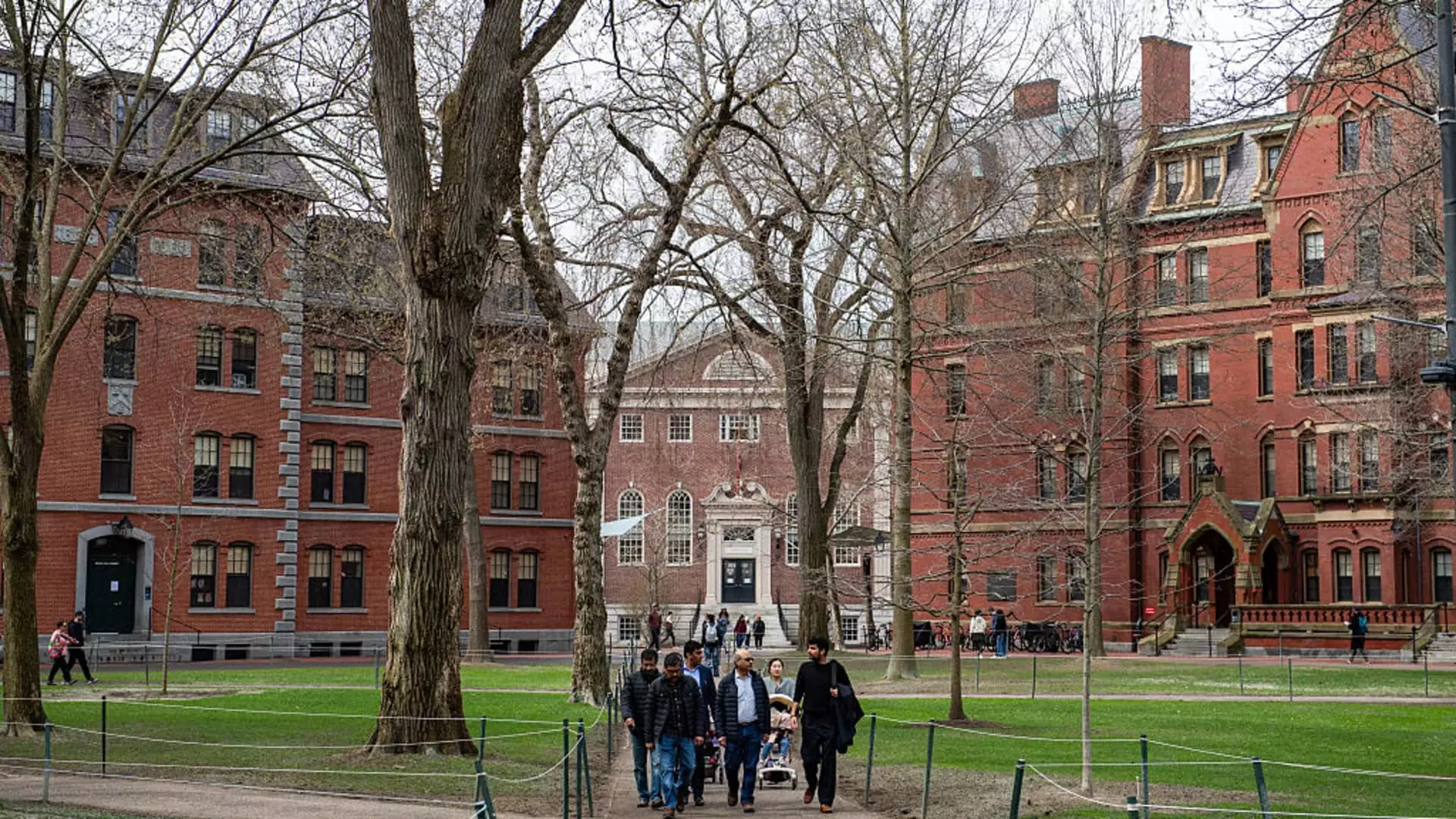The clash between Harvard University and the White House over an unauthorized letter containing drastic demands reflects a concerning trend in governance today. This saga, driven by the April 11 missive, exposes the fragility of institutional autonomy when confronted with the overreach of federal authority. Reports from reputable sources like the New York Times highlight that, while the letter’s authenticity was never in doubt, its issuance was chaotic and mismanaged, suggesting a breach in effective communication at the highest levels of government. It raises the question—how many decisions are being made in the shadows, leading to potentially disastrous repercussions for educational institutions?
Shocking Demands and Public Fallouts
The letter from the White House demanded that Harvard eradicate its DEI (Diversity, Equity, and Inclusion) programs and monitor international students for ideological compliance—demands that resonate not only with political overreach but also a palpable disdain for academic freedom. These are not merely policy requests; they starkly undermine the principles of diversity that many institutions strive to uphold. What’s more alarming, however, is that such radical changes to educational policy were deemed urgent by officials who, it seems, lost sight of their foundational role in fostering independent thought in academic settings. Harvard’s refusal of these demands, in the face of impending threats to federal funding, speaks volumes about their commitment to uphold the integrity of education over succumbing to political coercion.
An Inconsistent Narrative from the White House
The White House’s disjointed response only adds to the spectacle. An official spokesperson claimed that although the letter was flawed in its execution, the intent behind it raises serious questions about the government’s direction in educational affairs. How can one trust a government that casts doubt on its own actions? The very foundation of trust erodes further when those in power not only misconstrue their intentions but also create chaos through poorly coordinated demands. With nearly $9 billion at stake, the stakes are far too high to remain in such an uncharted territory of confusion and ambiguity.
The Consequences for Educational Institutions
The repercussions of this power struggle extend beyond Harvard; they jeopardize the standing of American higher education on a global stage. The chilling effect of such governmental overreach resonates through institutions nationwide, suggesting a worrying precedent where federal authorities dictate educational practices. A climate of fear is fostered, rendering universities vulnerable to politicization, which could deter international talent and undermine the collaborative spirit that is essential for scholarly pursuits.
In an era where universities were once regarded as sanctuaries for free thought and diverse viewpoints, this incident illustrates a grim reality: the encroachment of government influence threatens to stifle academic freedom in deeply rooted ways. The implications are profound, encompassing not just the future of an institution but the very essence of education itself, which must remain a refuge for diversity of ideas, untainted by the whims of transient political shifts. This serves as a clarion call—the fight for academic integrity and independence must be relentless and uncompromising in the face of governmental meddling.


Leave a Reply